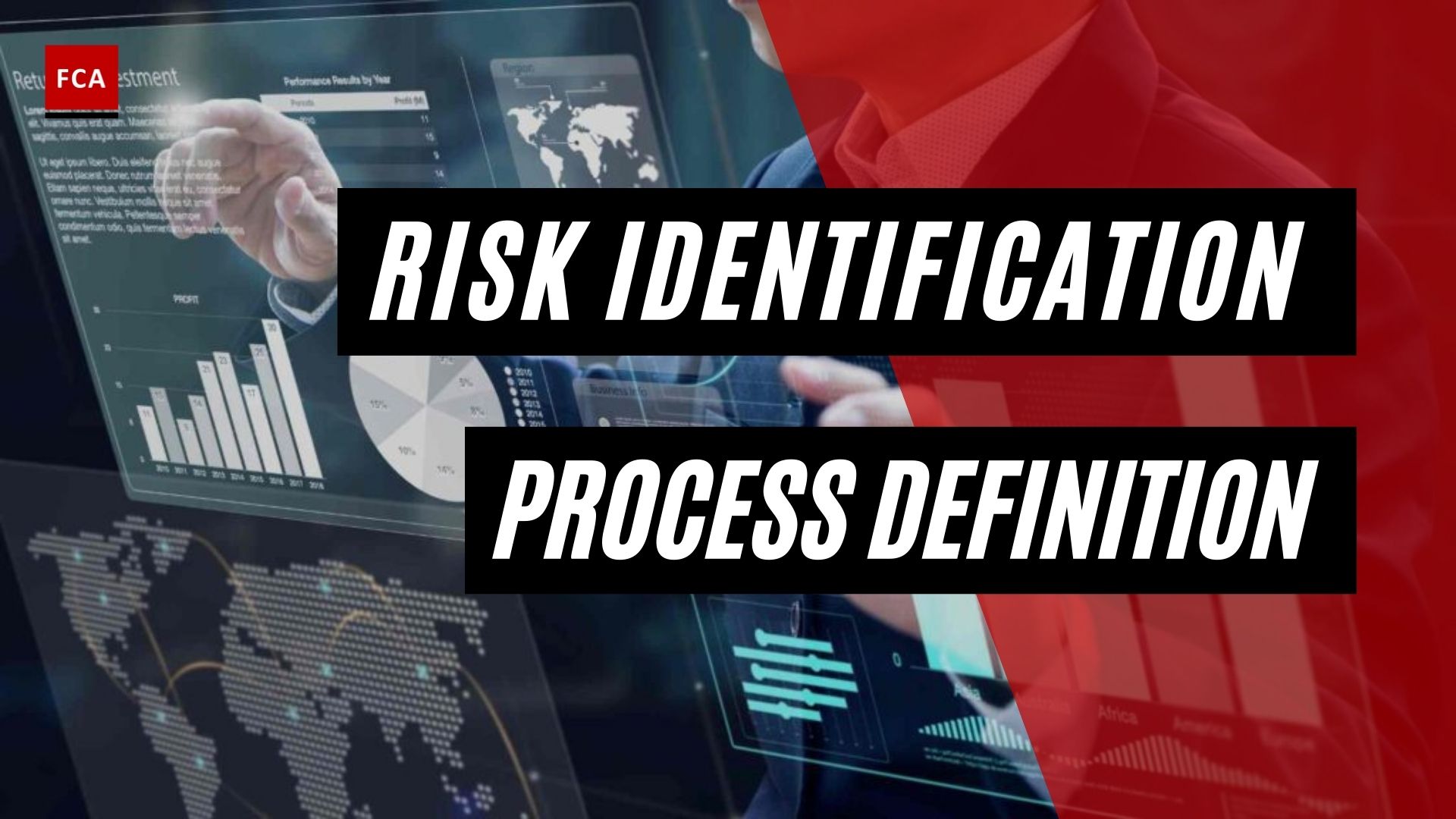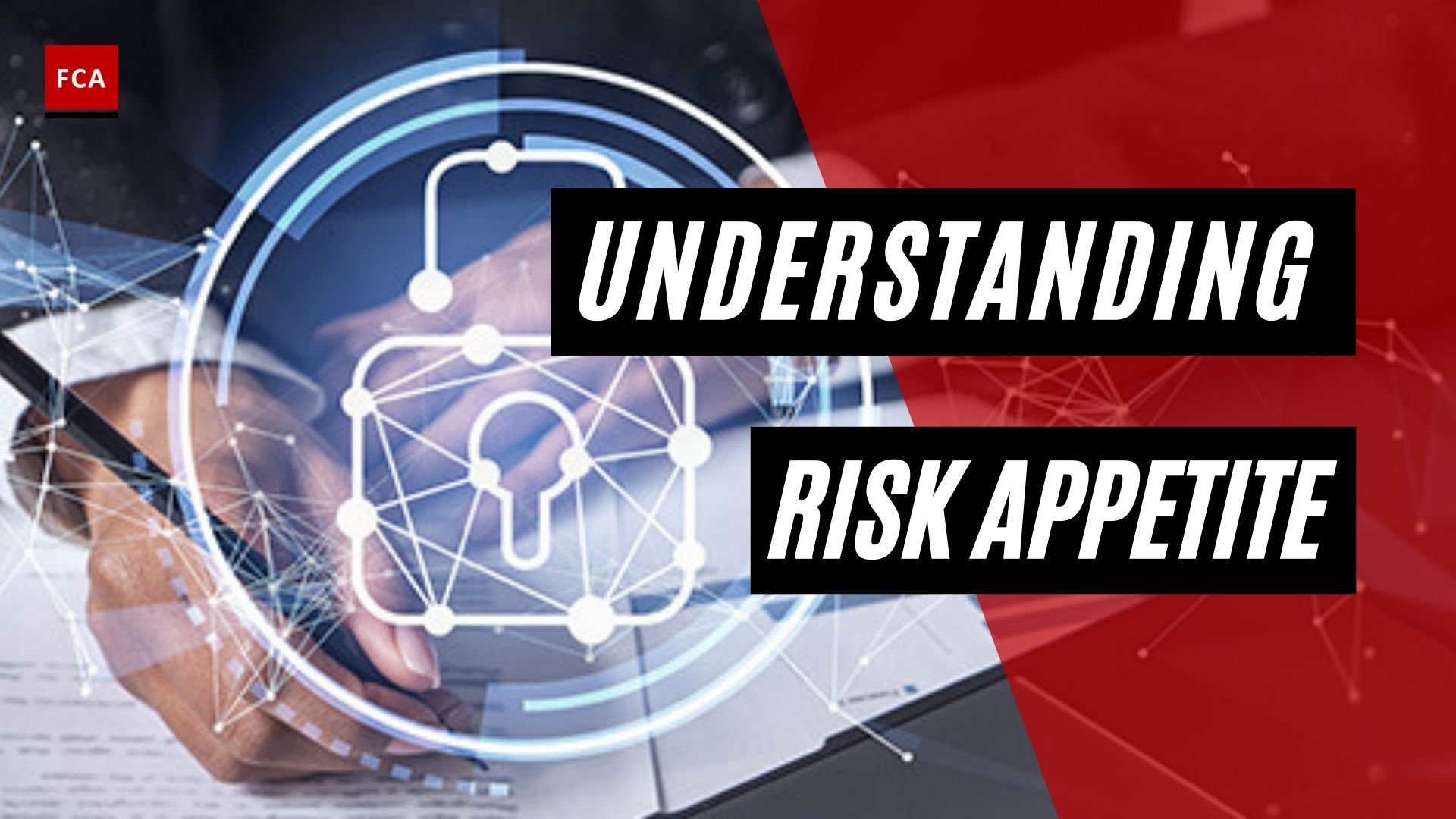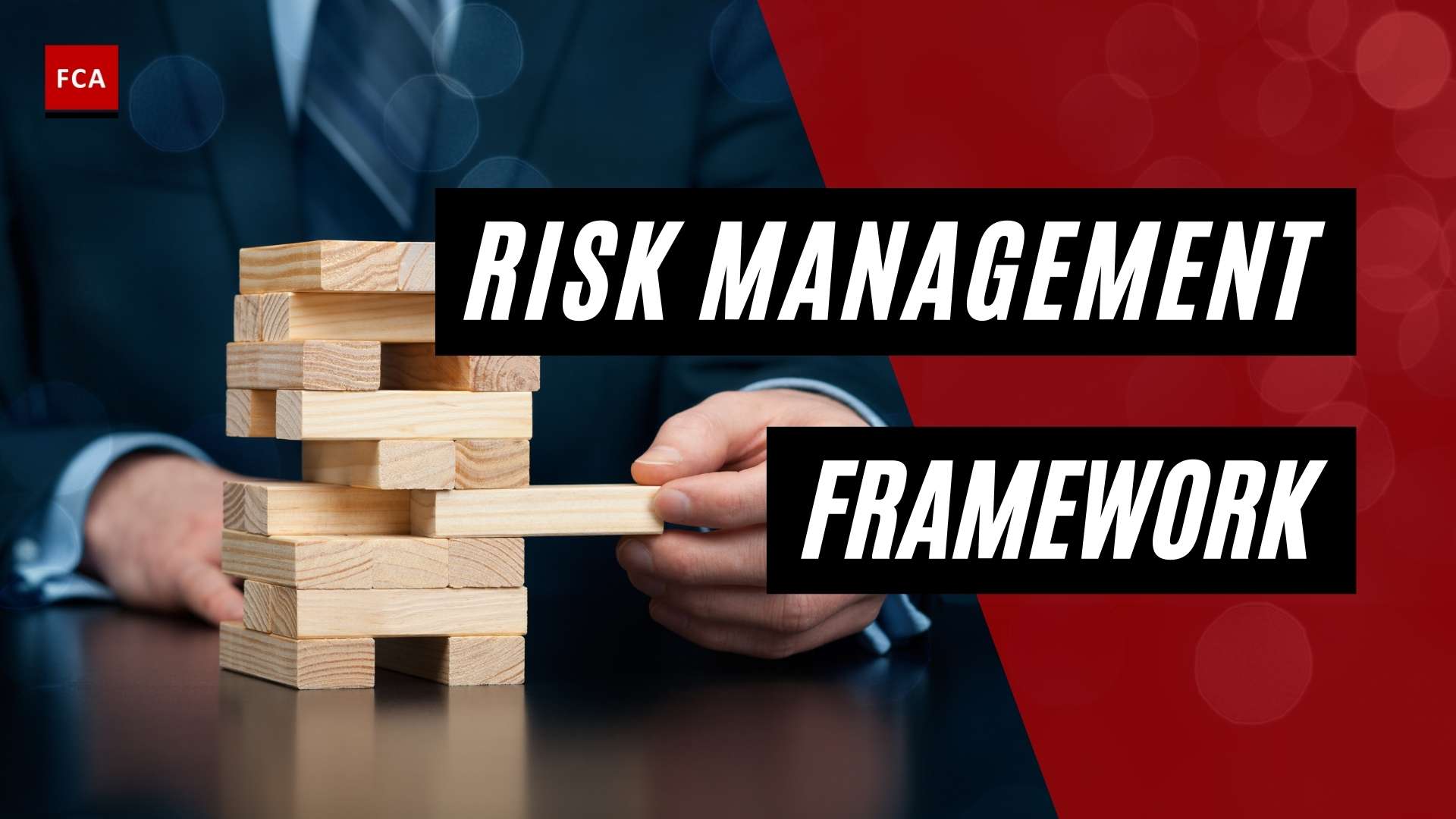There are different types of risks faced by financial institutions. The adverse impact on the profitability of several distinct sources of uncertainty usually defines risks. Risk management is a discipline at the core of every organization or institution and encompasses all the activities that affect its risk profile.
Risks must not be viewed and assessed in isolation, not only because a single transaction might have several risks but also because one type of risk can trigger other risks. One of the most important aspects of risk management philosophy is to ensure that those who take or accept risks on behalf of the institution are not the ones who measure, monitor, and evaluate the risks.
Since the interrelation of various risks could result in diminution or increase risk, the risk management process should recognize and reflect risk interactions in all business activities as appropriate. It is believed that generally, banks face credit, liquidity, operational, compliance, legal, and reputation risks. At the same time, an organization may be exposed to various types and degrees of risks depending upon several factors, such as its size, complexity of business activities, volume, etc.
The risks timescale may vary depending on the type and nature of the processes to which the risks relate. There are short-term, medium-term, and long-term risks are identified and classified as per the timescales. For example, strategic risks are long-term risks, whereas some operations-related risks may be short-term.

Types of Risks Subcategories
There are various types of risks to which the organization may be exposed. Such risks may be broadly classified as financial, operational, and compliance. However, there are subcategories of these risks.
Financial risks relate to situations that may result in financial consequences for the organization, such as payment of penalties, loss of revenue, liquidity, or financing problems.
Operational risk is the failure of the people, processes, or systems leading to disruption of operations. Due to operational risks, the organization may be unable to produce the required products or provide customer services to meet their demands.
Compliance risk is the risk of non-compliance with applicable laws, regulations, standards, policies, and processes. Every organization must comply with applicable laws and regulations issued by the state or regulatory authorities. Management is responsible for identifying all applicable laws, regulations, and standards to ensure that the organization complies with the applicable provisions and requirements.
The following are some subcategories of these risks that relate to specific areas linked with broader risk elements.
- Market risk is the risk that the value of an investment will decrease due to moves in market risk factors. Standard market risk factors are interest rates, stock indices, commodity prices, foreign exchange rates, real estate indices, etc.
- Compliance Risk is the risk of non-compliance with applicable laws, regulations, standards, or policies resulting in regulatory penalties or other financial consequences.

- Credit risk is the risk of default or change in the credit quality of issuers of securities to whom a company has exposure. More precisely, default risk is the risk of loss due to a counterparty defaulting on a contract. Traditionally, this applies to bonds where debt holders are concerned that the counterparty might default.
- Legal risk is the risk of non-compliance with laws, such as taxation laws, corporate law, contract acts, etc. The legal risk may lead to fines and penalties for the organization.
- Environmental risk is the risk of non-compliance with the laws and regulations issued by the regulatory authorities related to environmental compliance. Various organizations are more regulated such as organizations operating in the power sector, operations of which may cause environmental pollution. Therefore, to control the risk of environmental pollution, organizations must comply with laws and regulations related to the environment.
Final Thoughts
Financial institutions face an array of risk types, including credit, liquidity, operational, compliance, legal, and reputational, each of which carry varying levels of severity contingent on factors like the institution’s size and business complexity. As these risks intermingle and potentially exacerbate one another, it’s imperative that risk management measures adequately identify, monitor, and respond to risk interactions across all business activities. This responsibility cannot be borne solely by those who accept the risks but should involve neutral parties for an unbiased perspective.
Categorizing these risks further into subcategories like market, compliance, credit, legal, and environmental risk enhances the understanding of their origin and potential impact. Ultimately, understanding and managing these risks, particularly the specific nuances between short-term operational risks and long-term strategic risks, is crucial to the institution’s survival and success. It necessitates a constant vigilance and readiness to adapt to the changing risk landscape in the dynamic world of finance.









